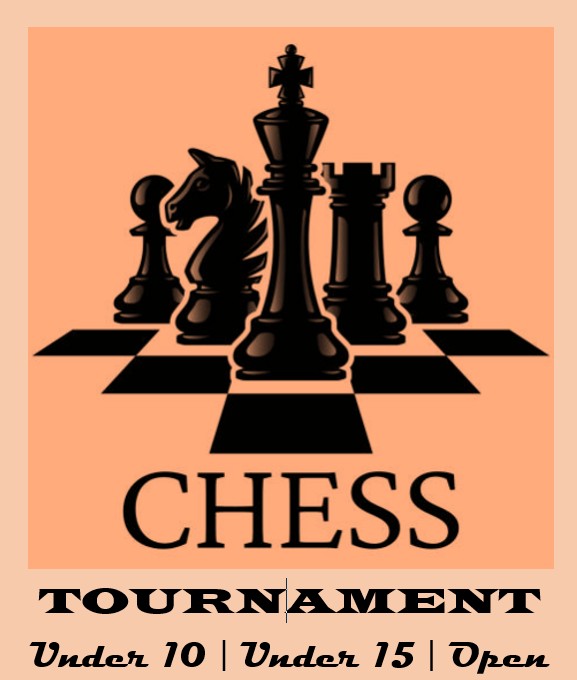Open Chess Tournament – Oct 26

Group Class | Study Materials
TN State Board
CLASS 12
CLASS 11
CLASS 10
CLASS 09
One-One Classes
Topic Wise Questions
Lower Primary
Ratios. Percents
Patterns and Sequences
Co-Ordinate Plane
Algebra
Data & Graphs
Probability and Statistics
Geometry
Upper Primary
Numbers
Algebra
Ratio and Proportion
Geometry
Mensuration
Data Handling
High School
Numbers
Numbers System
Algebra
Quantitative Aptitude (SAP)
Numbers System
Algebra
🎯 Target NEET | JEE – Weekly Mock Test
Prepare smart with our weekly part-syllabus mock tests designed for NEET & JEE aspirants.
✅ Topic-wise focus
✅ Real exam pattern
✅ Track progress weekly
Sharpen your skills, boost confidence, and stay exam-ready!
At TILIN’s Maths Class, we provide expert-led group courses and 1-on-1 sessions for Classes 9 to 12 across CBSE, ICSE, and Tamil Nadu State Board curriculums. Our structured learning approach includes:
✅ Live Interactive Classes – Learn in a dynamic group setting
✅ 1-on-1 Personalized Sessions – Get individual attention for better understanding
✅ Recorded Sessions – Revisit lessons anytime for thorough revision
✅ Test Sessions – Improve your problem-solving skills with regular assessments
✅ Comprehensive Study Materials – Access notes, assignments, and test papers
📌 All learning materials are available on this website for easy access!
Join us to master maths with confidence and clarity! 🚀







